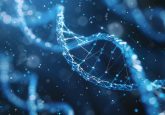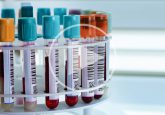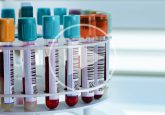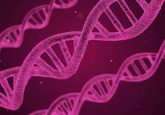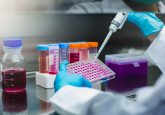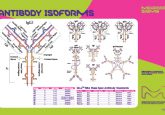Bioanalysis of biopharmaceuticals and biomarkers
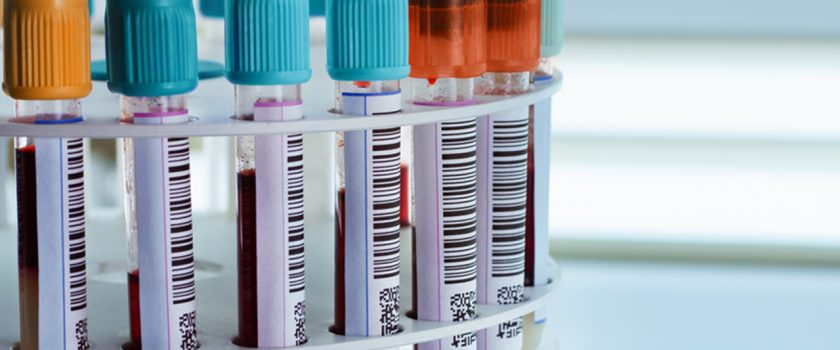
In this Spotlight we explore the recent developments in the bioanalysis of biopharmaceuticals and biomarkers. As the pharma and life sciences industries continue to increase investment in this these fields, Bioanalysis Zone investigate a range of topics, including:
- Recent developments in bioanalysis for biopharmaceuticals and biomarkers
- The quantification of biopharmaceuticals and biomarkers
- Protein and peptide analysis
- The latest techniques including microflow LC–MS and signature-peptide approach
- Applications of biopharmaceuticals and biomarkers
Biopharmaceuticals are “one of a diverse group of macromolecules with therapeutic potential that are usually derived from living organisms or systems and include monoclonal antibodies, proteins, peptides and oligonucleotides.”
A biomarker is defined as a “protein or small molecule indicative of homeostasis or a disease state, the concentration of which can indicate disease progression or a response to a therapeutic intervention.” [1]
The biopharmaceutical industry lies at the interface between biotechnology and pharmaceutical manufacturing. Both biotherapeutics and biomarkers play a critical role in the pharmaceutical industry, either being used as medicinal treatments or aiding in improving the drug development process.
View on demand our mini-webinar on the quantification of proteins in complex biological samples by LC–MS/MS. Rainer Bischoff (University of Groningen, Netherlands) discusses how to set up a targeted LC–MS/MS method, the different approaches to sample preparation and how LC–MS/MS assays can be multiplexed.
References
This feature was produced in association with Waters, SCIEX and Merck.






